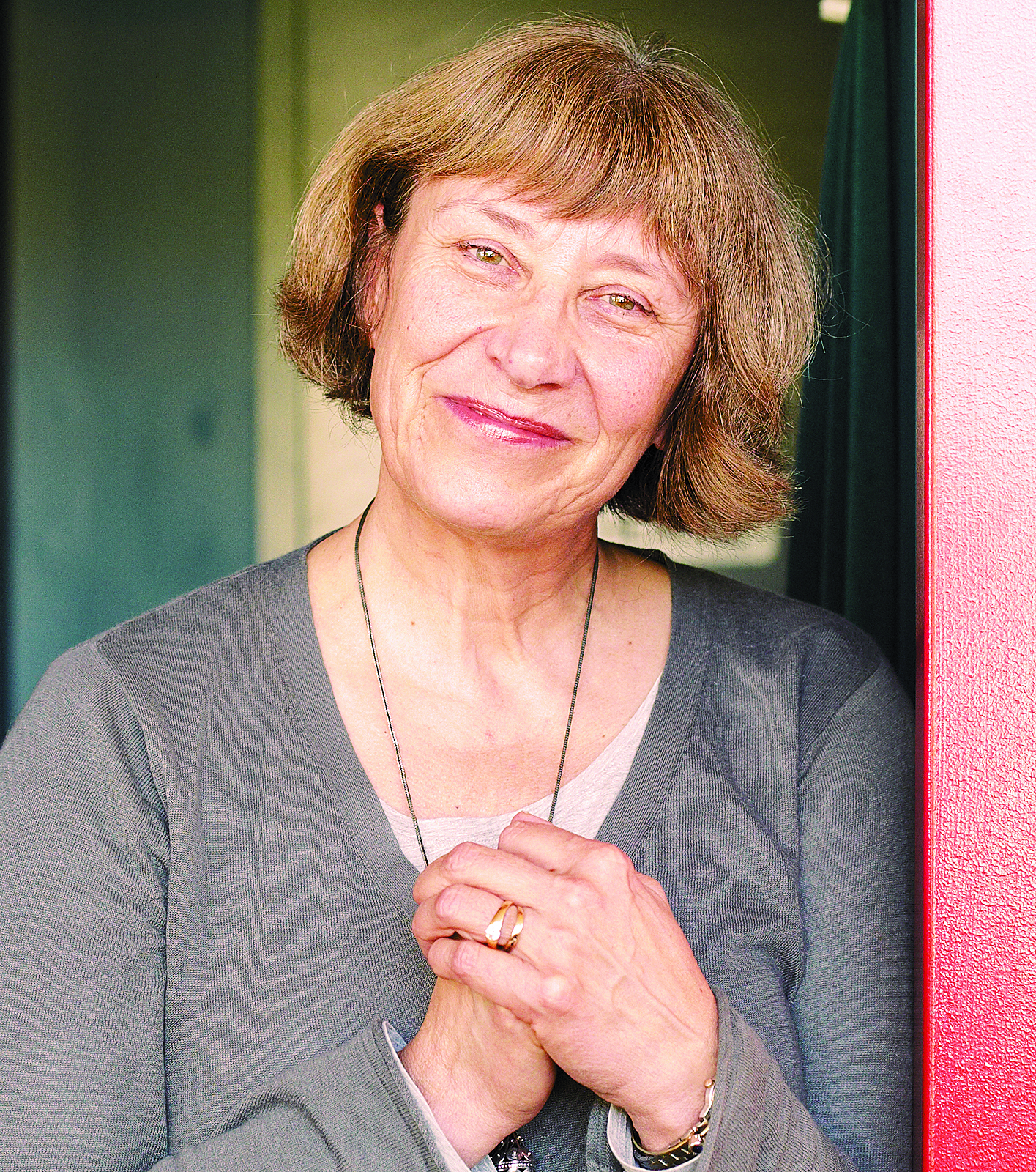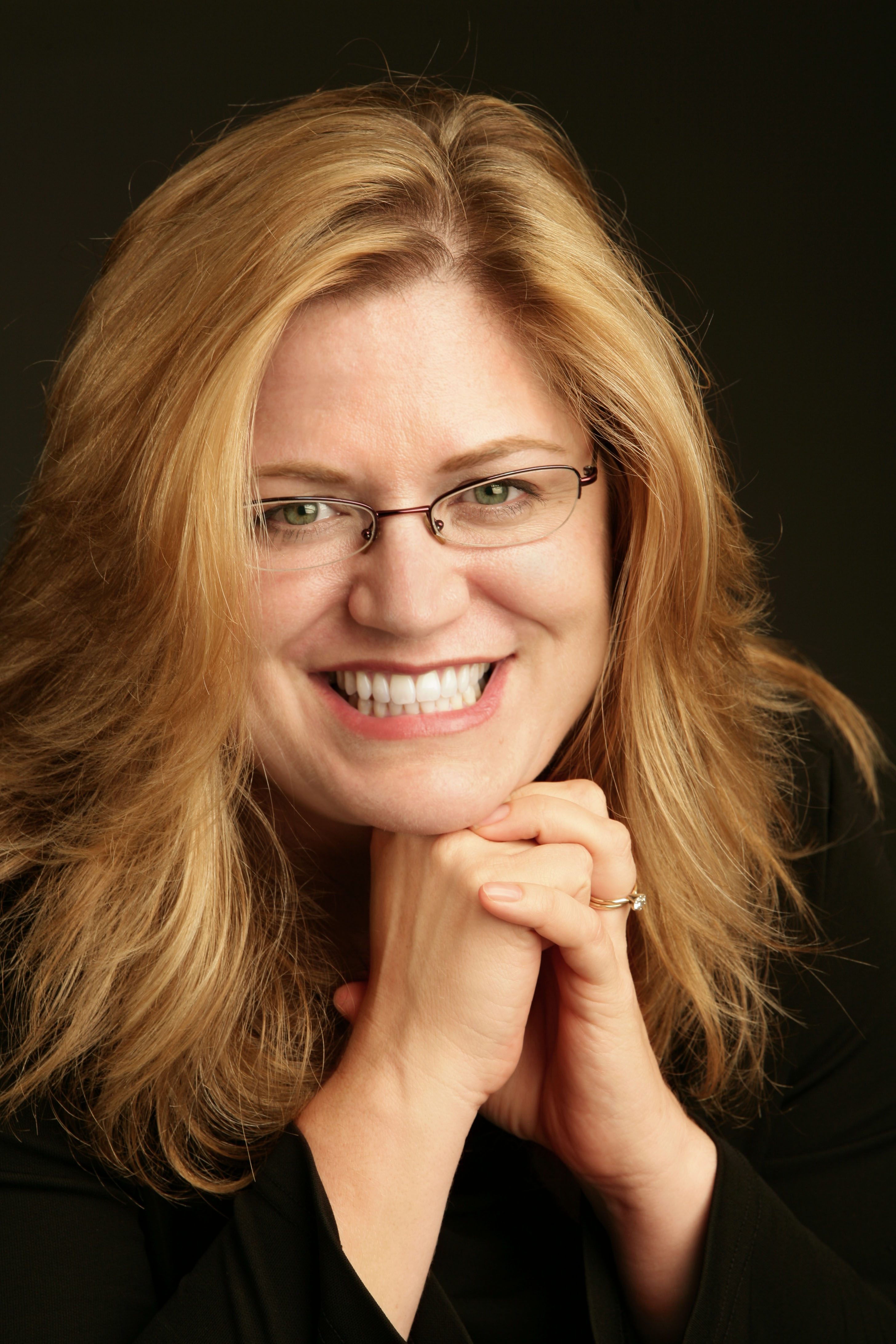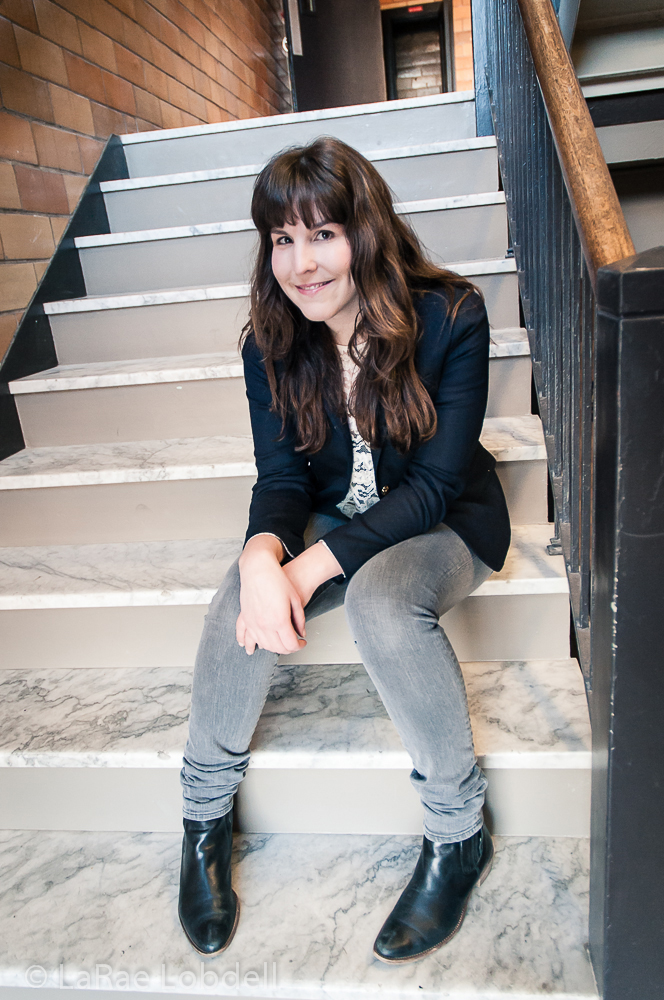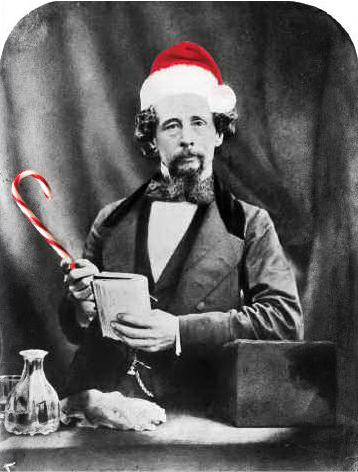ALL ALONG CAPITOL HILL, pink-and-black banners are flapping, flyers are being passed out, and a whole slew of theaters (and rooms turned into temporary theaters) are getting ready to host 79 companies from here and abroad. The Ninth Annual Seattle Fringe Theater Festival is getting under way.
There are signs that this will be a good year. There are a lot fewer solo shows—a trend worth applauding. The curious combination of unchecked egoism and technical demands in one-person productions makes “written, directed by, and starring” one of the most terrifying phrases in the English language. There are also several established fringe (and even a couple of professional) theaters participating, including Taproot, Greenstage, REACT, Theater Babylon, Open Circle, Dappin’ Butoh, and Stickfigure Productions—all of whom are swelling out the number of one-shot and once-a-year companies that comprise the bulk of the participants.
One of the notable changes from last year is that while there will again be a “Best of the Festival,” this year the shows chosen for revival won’t be based on votes from audiences—votes that last year favored light comedies with large local casts. Rather, it will be judged by a “panel of theater professionals,” including folks from the Rep, ACT, and Intiman. This will undoubtedly lead to charges of elitism, but may also help get some of those artistic worthies to actually leave their institutional halls and see what the festival is all about.
There have been losses, though. The festival itself, with the departure of former director Michael Olich and an accrued debt, has cut back from its larger vision of a citywide event and retreated again to the confines of Capitol Hill. There are also 11 fewer companies this year, down from 1998’s high-water mark of 90.
Some critics of the festival continue to charge that many of the shows featured in the 10 days are not very good. They point out that many of the participants in the unjuried event are once-a-year amateurs whose enthusiasm can’t make up for a lack of writing, producing, directing, and acting ability.
But this criticism ignores the fact that in every other artistic medium, there exist events for folks who are artists-in-training, and that audiences for such artists have learned to accept their shortcomings. If the same insistence on professional artistic achievement were applied to every independent film festival, or the Gallery Walk, or (God knows) the myriad rock musicians who inhabit the local music scene, there would be little in the way of any sort of indigenous art in Seattle. It’s true that some—maybe even many—of the shows at the festival will not be good theater. But every one will be real live theater, and has the potential to be something extraordinary.
Last year, in an act of ridiculous hubris, I used the Seattle Fringe Festival as an opportunity to discuss the many ways in which both it and the fringe theater scene as a whole could be improved. One year later, with Seattle’s larger theaters running pretty much the same as always and our mid-size scene in a perilous state (with the Group, Center Stage, and the Bathhouse all recent casualties), I have to reconsider my position. For while the performers at the festival can undoubtedly learn a lot about good theater from their professional counterparts, I think the festival has more valuable lessons to teach the Seattle mainstages.
Take the local-artist issue, for example. While ACT has made some inroads in its use of local actors, both the Rep and Intiman continue to pull in the majority of their casts from outside Seattle, and—with the exception of the Seattle Children’s Theater—the number of local playwrights featured on our Equity stages can be counted on one hand. (Or two digits: Steven Dietz, August Wilson.) When these houses complain about lacking local support for their efforts, they should take a gander at the Fringe program guide, which is dominated by local playwrights, directors, and actors. It’s a simple equation: Support your local artists, and you receive increased local support.
Further, most of the work featured in the festival is new—no revivals here of The Glass Menagerie, no tired riders of the regional circuit retooled for a “Seattle premiere.” While much of the festival’s new writing is undoubtedly rough and unfinished, at least it hasn’t had all the interesting edges worn off by one too many writer’s workshops; some of the “world premieres” Seattle has been offered in the last few years have been so extensively overworked that they appear to have been produced by committee. And the Fringe shows are risky in a way that established theater almost never is: They dare to be bad, and as a result, every once in a while the festival produces something that’s jaw-droppingly good.
Finally, the do-it-yourself spirit of the Fringe carries an invaluable reminder to all theater artists: Love what you do. Even the most successful of this year’s festival shows will divide up box office takings that wouldn’t pay for the Rep’s janitorial supplies—proof positive that these artists are genuinely passionate about creating theater. For too many of the artists working in the professional world, theater is almost indistinguishable from any other underpaid service job, and this attitude is obvious in what’s seen on stage.
So this year, my plea is not just for Seattle’s enlightened audiences to check out the festival, but for the seasoned artists to do so as well. You’ll find that this event’s grassroots support makes your own outreach programs look paltry. And you just might see some theater that will shame you into working a little harder next time. *
ALL ALONG CAPITOL HILL, pink and black banners are flapping, flyers are being passed out, and a whole slew of theaters (and rooms turned into temporary theaters) are getting ready to host 74 companies from here and abroad. The Ninth Annual Seattle Fringe Theater Festival is getting under way.
There are signs that this will be a good year. There are a lot fewer solo shows—a trend worth applauding. The curious combination of unchecked egoism and technical demands in one-person productions makes “written, directed by, and starring” one of the most terrifying phrases in the English language. There are also several established fringe (and even a couple of professional) theaters participating, including Taproot, Greenstage, REACT, Theater Babylon, Open Circle, Dappin’ Butoh, and Stickfigure Productions—all of whom are swelling out the number of one-shot and once-a-year companies that comprise the bulk of the participants.
One of the notable changes from last year is that while there will again be a “Best of the Festival,” this year the shows chosen for revival won’t be based on votes from audiences—votes that last year favored light comedies with large local casts. Rather, it will be judged by a “panel of theater professionals,” including folks from the Rep, ACT, and Intiman. This will undoubtedly lead to charges of elitism, but may also help get some of those artistic worthies to actually leave their institutional halls and see what the festival is all about.
There have been losses, though. The festival itself, with the departure of former director Michael Olich and an accrued debt, has cut back from its larger vision of a citywide event and retreated again to the confines of Capitol Hill. There are also 16 fewer companies this year, down from 1998’s high-water mark of 90.
Some critics of the festival continue to charge that many of the shows featured in the 10 days are not very good. They point out that many of the participants in the unjuried event are once-a-year amateurs whose enthusiasm can’t make up for a lack of writing, producing, directing, and acting ability.
But this criticism ignores the fact that in every other artistic medium, there exist events for folks who are artists- in-training, and that audiences for such artists have learned to accept their shortcomings. If the same insistence on professional artistic achievement were applied to every independent film festival, or the Gallery Walk, or (God knows) the myriad rock musicians who inhabit the local music scene, there would be little in the way of any sort of indigenous art in Seattle. It’s true that some—maybe even many—of the shows at the festival will not be good theater. But every one will be real live theater, and has the potential to be something extraordinary.
Last year, in an act of ridiculous hubris, I used the Seattle Fringe Festival as an opportunity to discuss the many ways in which both it and the fringe theater scene as a whole could be improved. One year later, with Seattle’s larger theaters running pretty much the same as always and our mid-size scene in a perilous state (with the Group, Center Stage, and the Bathhouse all recent casualties), I have to reconsider my position. For while the performers at the festival can undoubtedly learn a lot about good theater from their professional counterparts, I think the festival has more valuable lessons to teach the Seattle mainstages.
Take the local-artist issue, for example. While ACT has made some inroads in its use of local actors, both the Rep and Intiman continue to pull in the majority of their casts from outside Seattle, and—with the exception of the Seattle Children’s Theater—the number of local playwrights featured on our Equity stages can be counted on one hand. (Or two digits: Steven Dietz, August Wilson.) When these houses complain about lacking local support for their efforts, they should take a gander at the Fringe program guide, which is dominated by local playwrights, directors, and actors. It’s a simple equation: Support your local artists, and you receive increased local support.
Further, most of the work featured in the festival is new—no revivals here of The Glass Menagerie, no tired riders of the regional circuit retooled for a “Seattle premiere.” While much of the festival’s new writing is undoubtedly rough and unfinished, at least it hasn’t had all the interesting edges worn off by one too many writer’s workshops; some of the “world premieres” Seattle has been offered in the last few years have been so extensively overworked that they appear to have been produced by committee. And the Fringe shows are risky in a way that established theater almost never is: They dare to be bad, and as a result, every once in a while the festival produces something that’s jaw-droppingly good.
Finally, the do-it-yourself spirit of the Fringe carries an invaluable reminder to all theater artists: Love what you do. Even the most successful of this year’s festival shows will divide up box office takings that wouldn’t pay for the Rep’s janitorial supplies—proof positive that these artists are genuinely passionate about creating theater. For too many of the artists working in the professional world, theater is almost indistinguishable from any other underpaid service job, and this attitude is obvious in what’s seen on stage.
So this year, my plea is not just for Seattle’s enlightened audiences to check out the festival, but for the seasoned artists to do so as well. You’ll find that this event’s grassroots support makes your own outreach programs look paltry. And you just might see some theater that will shame you into working a little harder next time.
Fringe picks
(As per tradition, a disclaimer: None of these picks are authoritative. They’re based on past experience, rumor, and innuendo. Fringe is a risk—even for us seasoned professionals.)
‘Joy Ridden’— All the way from Coventry, England, Talking Birds Theater Company wins the “longest distance traveled” award for this year (Antarctica chose not to compete). An original piece that sounds like a riff on J.G. Ballard’s Crash, where two people who meet in a head-on collision find the impact leads to romance.
‘Moreau’—Seattle’s midsize Taproot Theater gets down and fringy with Sean Gaffney’s original adaptation of the H.G. Wells novel, about a doctor who sets out to improve on nature by surgically transforming animals into people. Director Scott Nolte has got an impressive way with new work, and it certainly has to be better than the film version with Val Kilmer and Marlon Brando.
‘Sister’—UMO Ensemble member Martha Enson and Mik Kuhlman of the Seattle Mime Theater have collaborated with noted Seattle director Susan Finque to explore the close, at times too close, relationship between siblings. All three artists are top-drawer professionals, and this could be something really special.
‘Pu’uhonua (Place of Refuge)’ and ‘I Am the Pirate King’—A couple of the few solo shows I plan to attend are both works by local actors that explore the oddities of traditional roles for women. Pu’uhonua is Maria Glanz’s new work about a discontented Idaho housewife who starts up a romance with a Japanese-American prisoner during the Second World War. In earlier previews, it promised to be a provocative look at the frustrations of domesticity and the possibilities of passion. Pirate King, written and performed by Ceceilia Frye-Georges and directed by Christina Mastin, is a young woman’s discovery of her own incipient babehood when cast in a Gilbert & Sullivan play at the age of 11.
‘Courtesy Call’ and ‘Titanic’—Veterans of Seattle’s Stickfigure Productions present two comedies, one an original piece and one a rarely produced one-act. Andrew MacLean’s Courtesy Call is a scouring of the world of telemarketers, as a man battles for his sanity and life against the forces on the other side of his receiver. Then in Christopher Durang’s Titanic, the doomed ship is the setting for a whirlwind farce involving a very strange family. These folks are all loud, brash, and anarchic with a comic energy reminiscent of GreekActive in its glory days.
‘The Animated Blake’—Winner of this year’s best media kit (fortune cookies and a screen-saver!), this is definitely a different sort of program that aims to bring together juggling, physical theater, and the visionary poetry of William Blake, one of England’s greatest poets. The combination of vaudeville techniques with intense metaphors should be worth checking out.
‘Kinesis’—Sculptor-musician Ela Lamblin has worked with UMO and various other Seattle theater luminaries. He makes beautiful sculptures that are then strummed, drummed, or driven about to make amazing music. Lyrical, but with an intrinsic sense of humor.
‘The Maiden and the Makita’—Fringe veteran Beth Amsbary returns with a new solo show that reimagines the Virgin Mary as just another single mother, so depressed by being abandoned by the Holy Ghost that she can barely get out of bed. A funny idea, and bound to contain some quirky philosophy from this intelligent and charming performer.
‘The Urban Legend Follies’—An all singin’, all dancin’ revue devoted to such tasteful material as the poodle in the microwave and the alligators that are living in our sewers. No telling what Oakland’s L’Eau Theque theater might be like, but a friend of a cousin of mine heard this could be really good.
‘Circus Contraption,’ ‘Cirque Flambe,’ ‘Circus of the Flaming Gypsy’—The circus comes to town several times over with three shows inspired by three-ring spectacles. Circus Contraption features musicians, weirdies on trapezes, self-constructed freaks, and some nudity. Cirque Flamb頼/I>is a “fire circus” featuring a bunch of performers dousing the heck out of things with flammable liquids and trying not to singe off their eyebrows. And Circus Contraption marks the return of Theater Au Naturel’s Professor Adventure, who takes us into the strange, dark realm of carnies, geeks, and sideshow monstrosities. Featuring a deep dark secret involving former US President James Polk.







